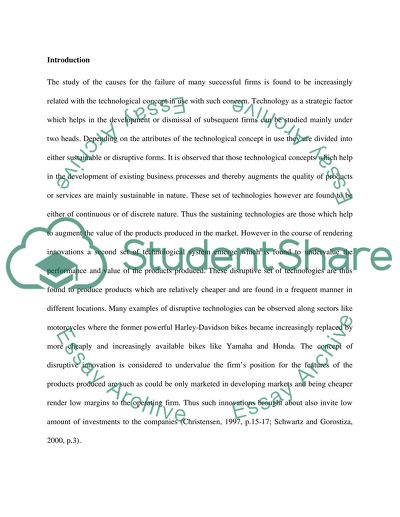Cite this document
(“Technology as a strategic factor which helps in the development or Essay”, n.d.)
Retrieved de https://studentshare.org/finance-accounting/1390693-strategic-management
Retrieved de https://studentshare.org/finance-accounting/1390693-strategic-management
(Technology As a Strategic Factor Which Helps in the Development or Essay)
https://studentshare.org/finance-accounting/1390693-strategic-management.
https://studentshare.org/finance-accounting/1390693-strategic-management.
“Technology As a Strategic Factor Which Helps in the Development or Essay”, n.d. https://studentshare.org/finance-accounting/1390693-strategic-management.


